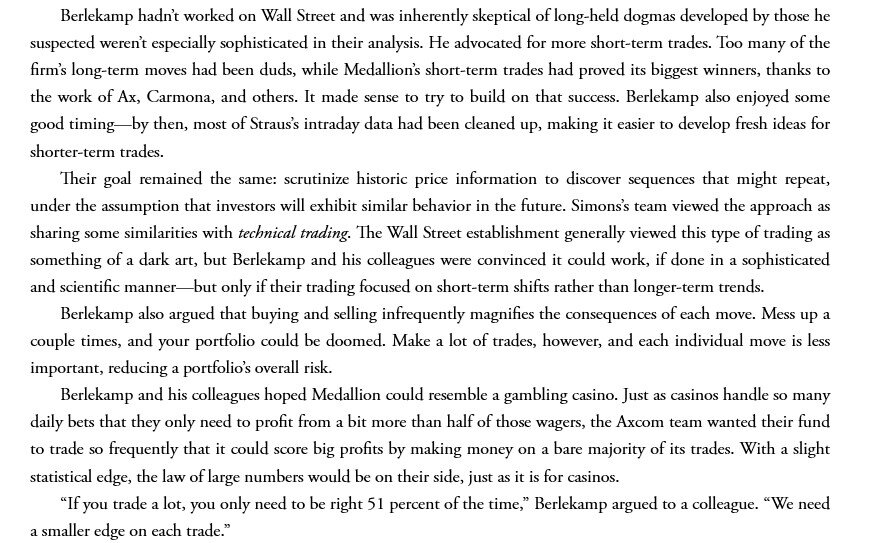There is no dearth of resources on journaling and its benefits As with most of the things which are hailed as revolutionary and life altering, as I put my skeptic’s hat on, I see some major issues.
First things first, what is Journaling, essentially Journaling in any context, trading or otherwise is a Reflective practice, where you think about the past, a set of past events, the context in which that event happened, and your behavior in that context, and then jot it down. You may also jot down what you want to continue doing and what you want to change about your behavior if such a context occurs in future. Fair enough.
Now what could an issue with such a process?
Ever heard of this thing called “Hindsight Bias” - Here is the wikipedia definition of it.
Hindsight bias, also known as the knew-it-all-along phenomenon or creeping determinism,refers to the common tendency for people to perceive events that have already occurred as having been more predictable than they actually were before the events took place.As a result, people often believe, after an event has occurred, that they would have predicted, or perhaps even would have known with a high degree of certainty, what the outcome of the event would have been, before the event occurred. Hindsight bias may cause distortions of our memories of what we knew and/or believed before an event occurred, and is a significant source of overconfidence regarding our ability to predict the outcomes of future events.
What if your recollection of the past itself was a bit coloured? What if you jot down something as, if A and B happen - I will do C - and then when A and B happen you could not recognize it as it’s not possible to be sure its A and B and hence you could not follow your self made rule of following C.
Specifically talking in the context of Trading, this is the biggest issue of Journaling along of eyeballing charts is, it’s so damn easy to spot that cross-over, that divergence when it’s in hindsight, and hence equally easy to create rules based on what you see on static charts. Only to not know when to follow the rules that you created for yourself, as you cannot recognize the context which you could easily do in hindsight.
Does this sound familiar?
So what’s the way out?
The answer my friend is blowin in the wind. Sorry for that one, the song was playing in the background and I went with it.
So yes, after much thinking I realised, there is no other way to it than to put in in numbers, in other words, you need to define what A means and what B means, and then look for conditional probabilities of the event, based on which you can decide if the bets are worth taking and set a limit to the losses.
Going back to the old example - Once you spot A and B (Not in an arbitrary way, but more in a measurable way) , you should now know the probability of C happening - And create a set of rules to both the situations, ie if C happens I will do X and C does not happen I will do Y. You can further dig into the stats to optimize these numbers and modify the rules as you go on.
A meaningful way of journaling would be, to write your observations based on the historical probabilities as references.
And as far as behavioral factors go - Ask yourself, what was the context - right before you took that so called “Bad” decision
Why was that decision Bad? Just because you lost? What if you take that bad decision everyday, would it statistically work in your favour? If yes then it’s not a bad decision.
Was it bad because you broke a rule? A rule which would statistically keep you safe? In that case - ask yourself about the context in which you “gave in” - Was there some other external influence on you at that time? In other words go one level deeper in terms of what made you do what you did. Write that down in the journal.
Always create your rules which followed in any given context would keep you on the right side of your books? It’s almost impossible as humans to have too many if-then-else loops running in our minds.
Think of “triggers” which lead to a “rule breaking” behaviour. For instance, in my case it was for a long time, a variant of revenge trading, I may have made money in the morning, lost it in mid day, and would like to end my day green again. So in my case losing my morning gains was the trigger.
And yes, even after doing all this Hindsight Bias may still creep in, its almost a part of our DNA, so long as you are conscious you are good, and if you do break a rule, forgive yourself, there is always another day and another trade to take - trading after all is one of the most difficult ways of making easy money.






